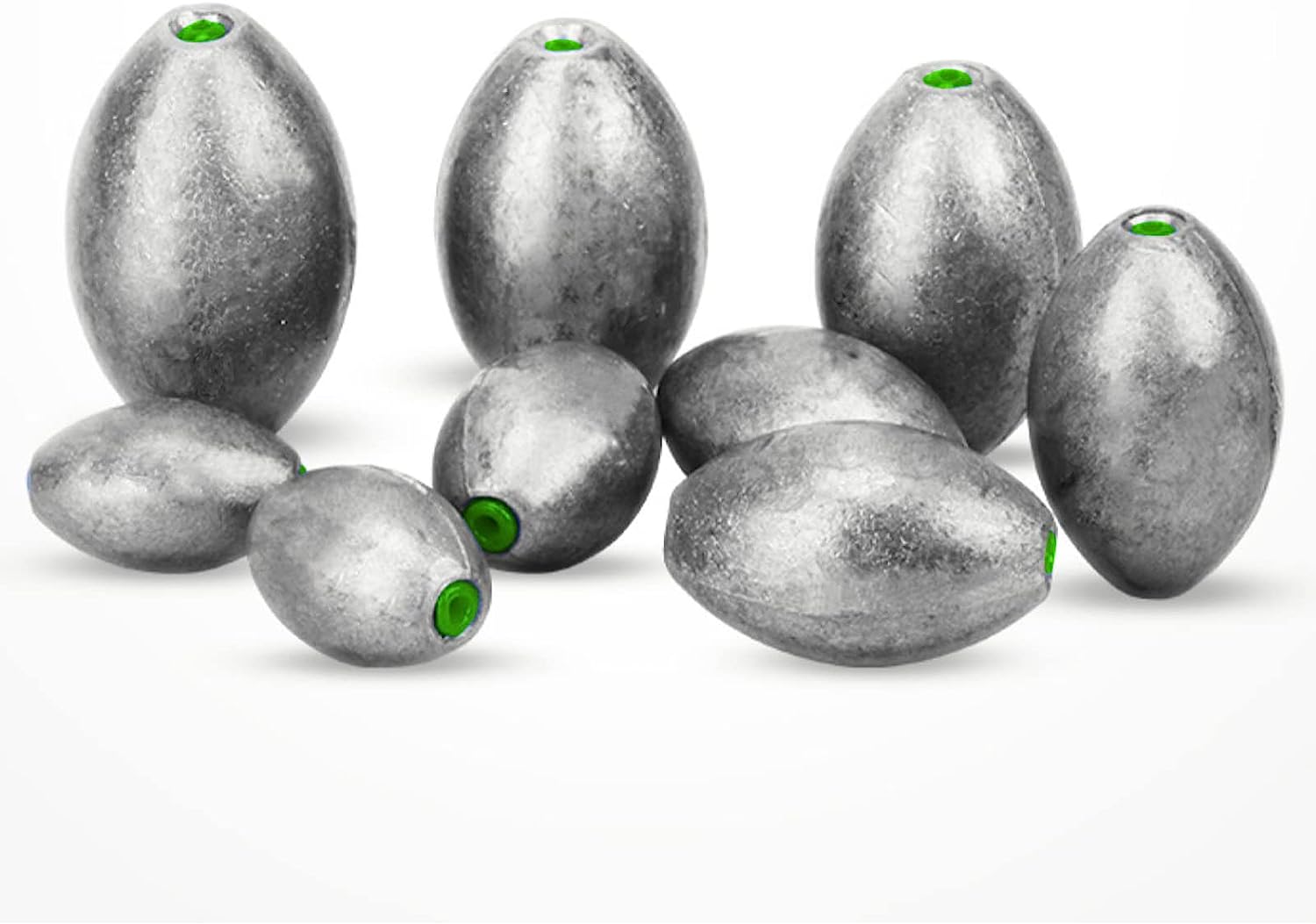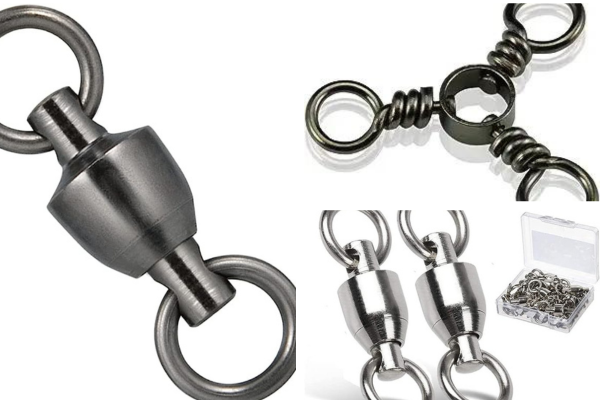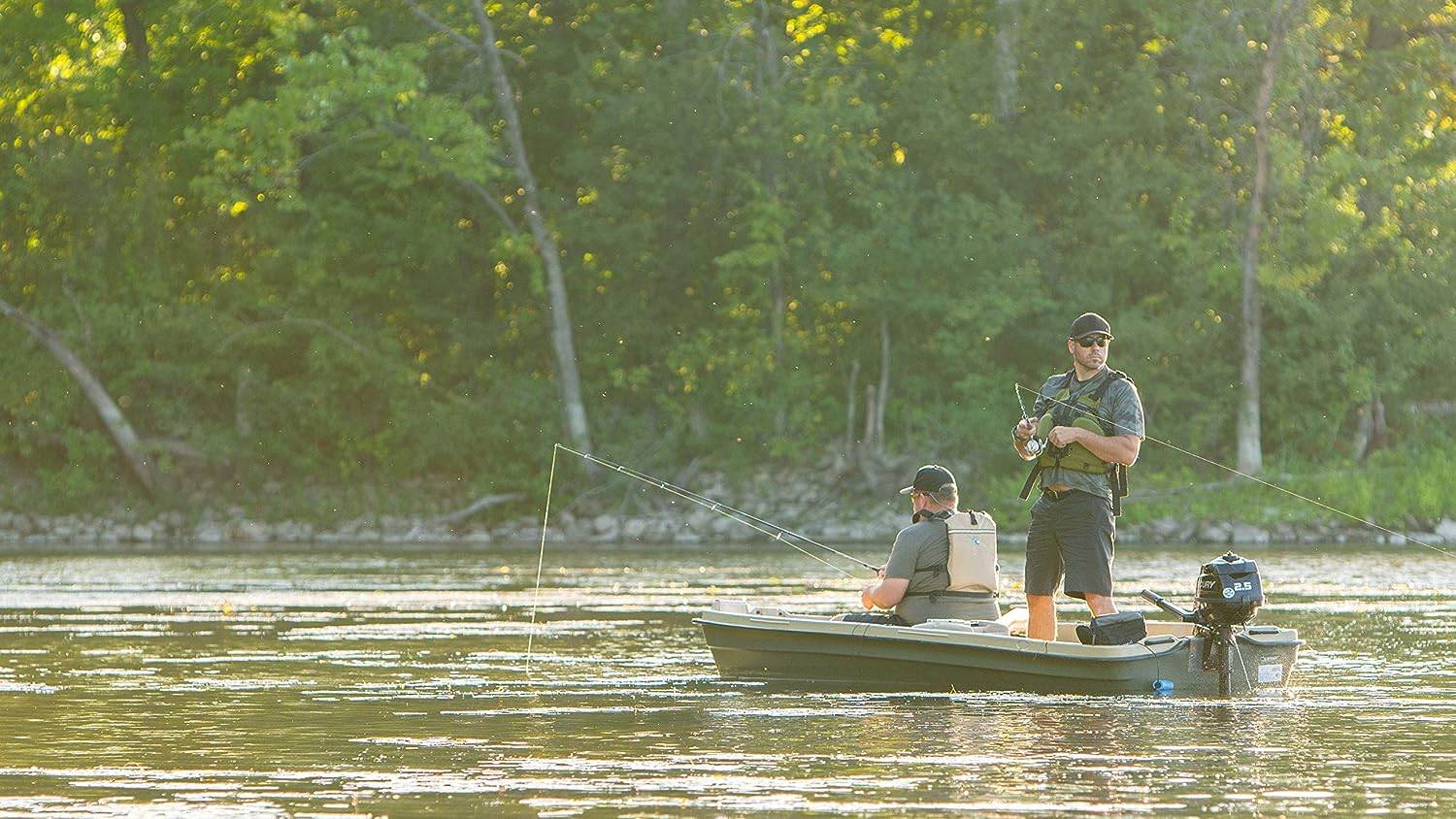You must have seen the diverse kinds of fishing reels and you have to admit that their numbers are quite intimidating. If you are trying to find your way, you need credible advice on how to make a perfect choice.
First, you need to practice casting before you set out on your fishing exercise. Also, you need to know how to cast spinning and baitcasting reels accurately. Your equipment must be cast within the appropriate range so you can catch your fish with ease. However, you must choose the right equipment to start. So, what reel is right for you?
Baitcasting reels and spinning reels are modified for purposes that differ from one other. If you want to catch large freshwater fish, baitcasting reels are the best options to settle for. On the other hand, spinning reels are suited for catching smaller fish. They are an ideal choice for beginner anglers as they are unlikely to tangle and they are easy to use.
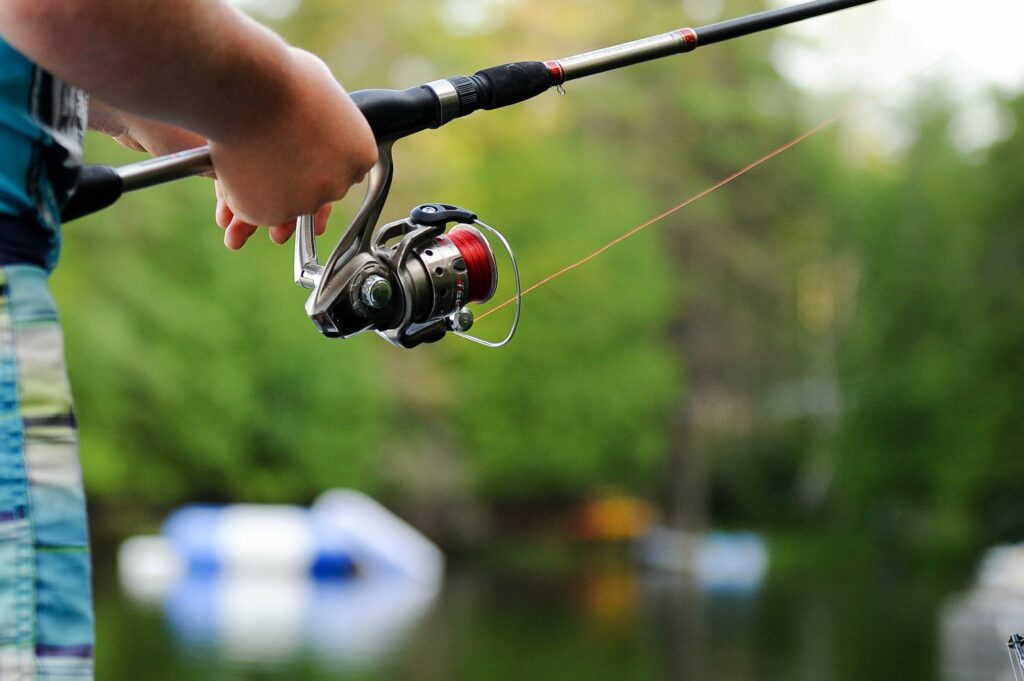
Finding The Right Reel Choice For The Job
Several fishing reels are in existence as a result of the various methods used for fishing. Some reels are great for feather-weighted lures while others are modified for effectual control of the fishes by the user. On the other hand, some reels are designed for great and extreme force.
Regardless of your preferred style of fishing, another factor to consider when choosing a reel is its size. But how about in terms of convenience and affordability? Let’s find out!
Types of Fishing Reels
Spincast Reels
A Spincast fishing reel is the easiest and the most affordable reel to use. The fishing line is easy to control by either by holding it down (which would allow it to stay out) or you letting go of it (which would make the line disengage from the reel allowing the bait or lure straight towards the target).
However, the downside to spincast reels is that they lack enough line or space.
Even the patterns on them make it impossible for a large outcome or return of fishing when the line disengages from the spool. As a result, you can never be sure if you’d have a great haul on your angling trips. Nevertheless, if you’re fishing in a small area that requires less force and input, we recommend the spincast reel.
Spinning Reels
Like spincasts, spinning reels are also easy to use and highly flexible. On a spinning reel is an open-faced pattern where the rotor and ball twirls a stationed spool and the spool goes back and forth as the reel is being cranked. This, primarily, is a movement that the reel adopts to lay a line in the spool in even folds throughout the length of the spool.
The Spinning reel is placed beneath a rod and the casting steps are really easy. The user, with one finger, picks up the line facing the reel and push it against the handle of the rod, then lets the bail open. After the cast has been made, to close the bail, the user cranks the handle of the reel.
Ultimately, the capacity to cast less-weighted baits is one of the core gains of Spinning reels. In getting an ultralight spinning reel, you can pair it with a short whip-like spinning rod, and light baits can be cast in your tackle box.
Overall, spinning reels perform light-weighted functions, but it can also work for bigger baits and fishing. Amongst saltwater fishing reel types, they are a common preference, you’d find a spinning reel for almost any form of fishing.
Also read: Best Ultralight Spinning Reel
Baitcasting Reels
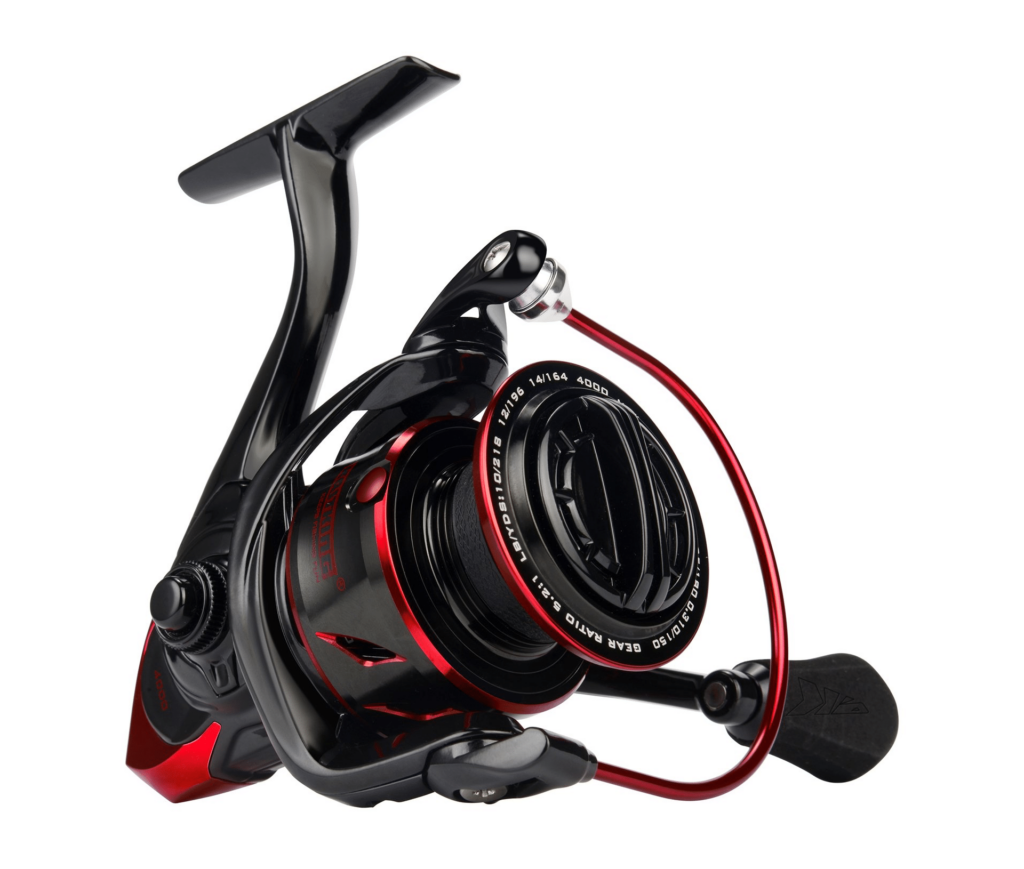
This is an opt-in choice for bass fishing specialists, and to point out, they’re also common with those who deal in saltwater too. So, how do these reels work? A baitcasting reel is placed on top of the baitcasting rod and looks like a small winch. The spool turns when the reel is being cranked, and with the aid of a line guide that goes throughout the spool, the spool receives the line being laid on it.
To cast using a bait caster, the user pushes down a bar found over the spool. This makes the spool get detached and makes the user’s thumb to be in full control of the line- when the user lets go of the line, it then targets off the spool. As the lure flaunts in the air, the user can now enforce thumb pressure to the spinning spool to direct the cast.
What aids the user to make precise is the capacity to adjust the speed off the line disengaging from the reel and it is also one of the vital characteristics of baitcasting reels. Also, some baitcasters are modified and set up with a braking system that is made to systematically reduce or slurp the speed of the spool along the course of your cast so as not to encounter difficulties.
The patterns designed for a baitcaster are preferred for reels of every size and other needs for use, ranging from light-weighted fishing instances when the user makes use of small lures to gigantic usage of the case, for example, saltwater agents.
Suggested reading: How To Clean Fishing Reels
In A Nutshell
The usefulness of the three types of reels cannot be overemphasized as they are used for different purposes. A larger population of fishermen began fishing with spincast reels and then let go when they started getting exhausted in catching panfish.
Then, we see a need to quest for an answer in using either spinning reels or baitcaster. Both types of reels are vastly separate and almost not feasible to conclude which is the better one. Popularly, it is known that at some point, users end up with either one as they have various usage and sizes.
It is our great pleasure to write this and we hope we have been helpful with an overview of the right choice you should make while fishing. If you have a question at the beginning of reading this, we’re sure you should be able to make a good choice now both on the type and size of reel for your angling trips.
Share the Love
If you found this post useful, please let others know about it by sharing it.
Related Posts
If you found this post useful, please explore others posts.
